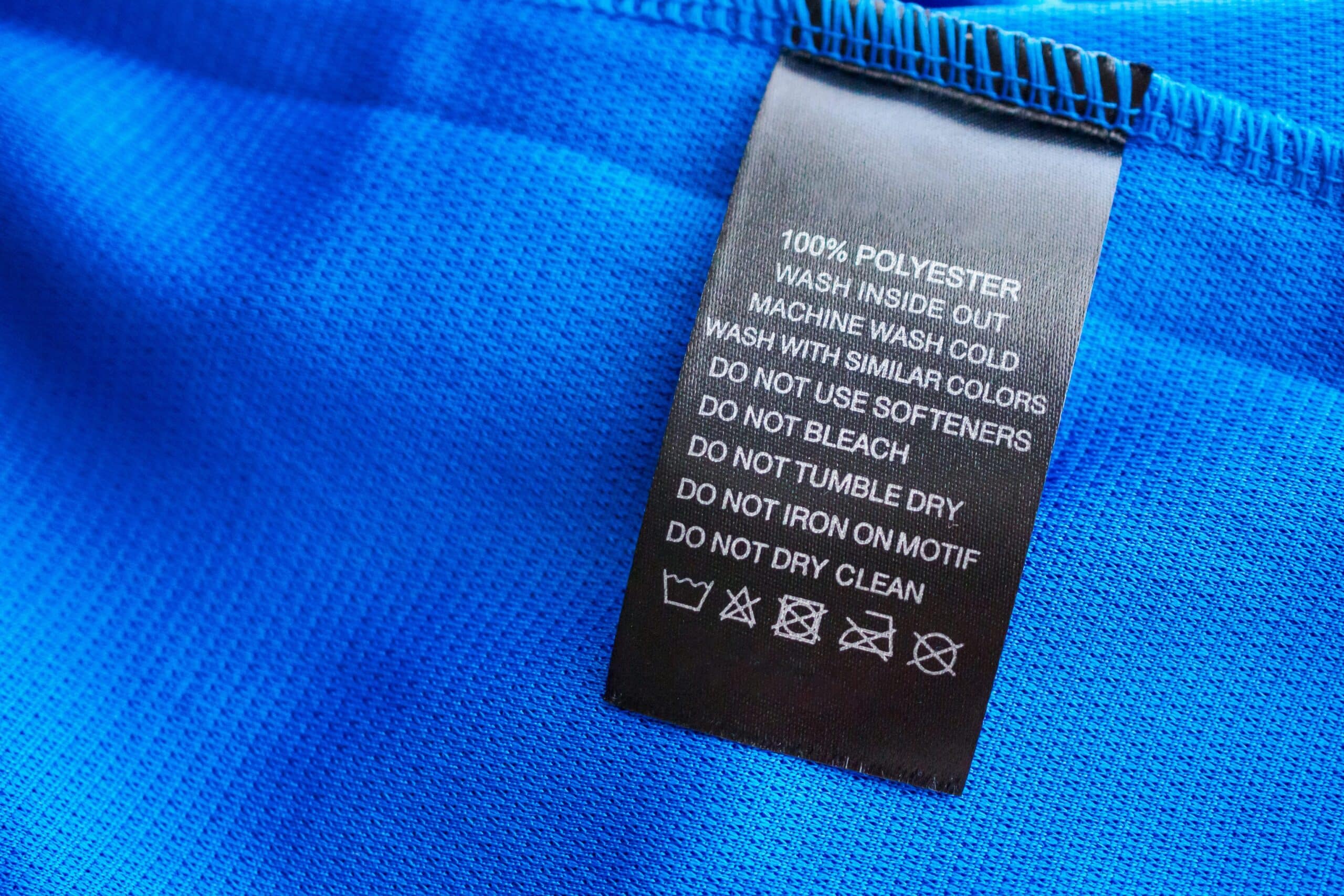More than 2 billion items of clothing are piled up in German wardrobes, while we buy about 60 new pieces every year. Fast-changing trends and frequent collections from fast-fashion companies reinforce this behaviour.
The victims of this industry are people and the environment. Worldwide, 160 million children still work in dangerous conditions, 79 million of them in risky jobs. The health of these children is endangered by contact with chemicals. In addition, they earn little and have little access to education.
Child labour often has its roots in the poverty of the manufacturing countries, where children as young as five work. Some countries prohibit this, but the minimum wage is often not enough.
The 2030 Agenda sets the goal of ending child labour by 2025 and ensuring access to education. While the number of working children declined in recent decades, it increased again during the COVID-19 pandemic as many families lost their jobs.
There is an urgent need for action to improve working conditions in the textile industry, to fight poverty and to give children an educational opportunity.





















































